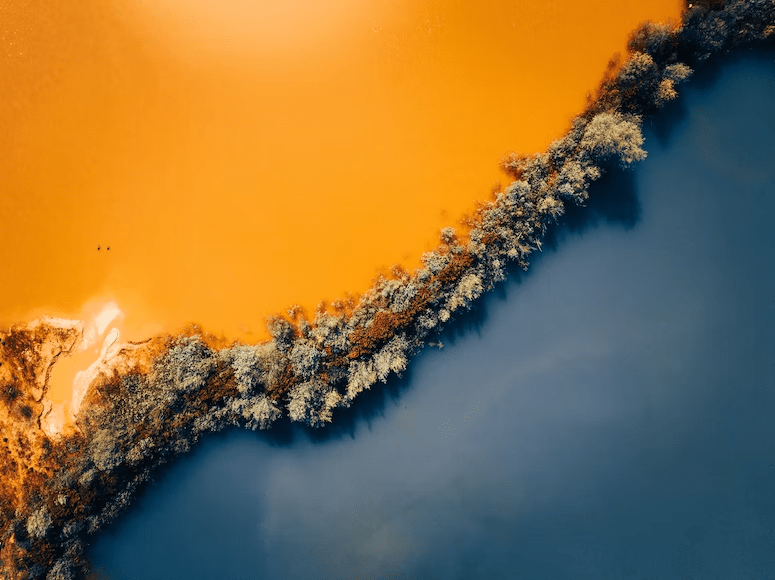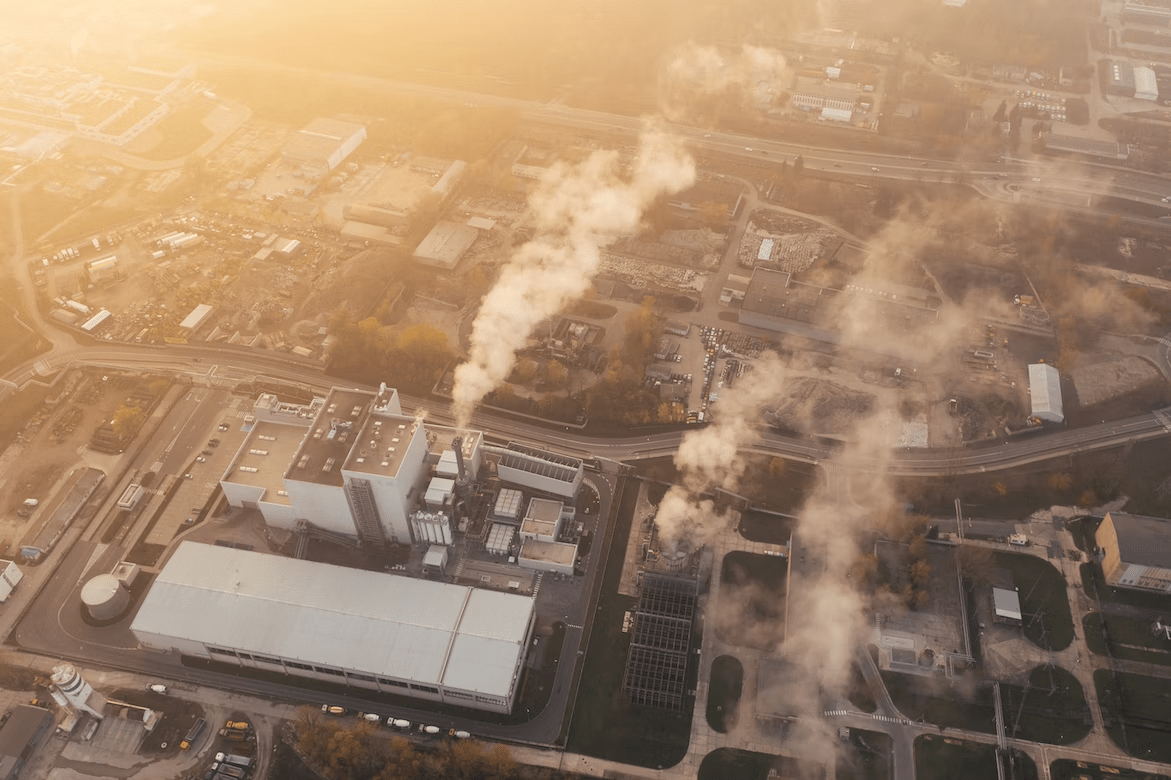How Iron-Based Technology Works In The Role Of Land & Water Remediation
Published on by Trudi Schifter, CEO and Founder AquaSPE in Case Studies
Daniel Hall17/10/2022
The use of iron in a wide range of industries has a long history.
In recent years, iron has been increasingly used in the field of land and water remediation. This technology is based on the principle of using iron to clean the environment of contaminants. Iron-based technology is an effective remediation tool because it can target a wide range of pollutants. Iron is particularly effective at removing heavy metals from the environment.
In addition, iron can be used to remove organic contaminants from the soil and water. Iron-based technology is an essential tool for environmental protection. This article will discuss in more detail how iron-based tech is being used to improve the environment.

What Is Land And Water Remediation?
Land and water remediation is the process of restoring land and water to a condition where it is safe, healthy, and suitable for its intended use. Land remediation is the process of removing contaminants from soil. Contaminants are substances that are harmful to human health or the environment. Land remediation can be done on sites used for manufacturing or storing hazardous materials. Conversely, water remediation is the process of removing contaminants from water sources such as rivers and lakes. The contaminants in water can come from many sources, such as leaking underground storage tanks, spills, or other accidents.
The type of pollution varies depending on the circumstance (e.g., accidents, near heavy industries, and so on). Many of these pollutants require high-tech solutions to clean, but the most valuable weapon has proven to be zero-valent iron. Iron-based technology works by using iron to remove contaminants from the environment. The iron interacts with the contaminant and isolates it from the rest of the ecosystem. This process is known as adsorption. Once the contaminant is adsorbed onto the iron, it can be removed from the environment and disposed of properly. Iron-based technology is an effective way to clean up both land and water contamination. In addition to being safe, it produces no harmful by-products, making it an ideal solution for cleaning the environment.

What Kinds Of Contamination Can Iron-Based Technology Help To Clean?
Various contaminants can be cleaned with iron-based technology, but different circumstances require different forms.
Granular ZVI: As the name suggests, granular ZVI is granular in form, making it ideal for removing heavy metals from various forms of wastewater.
Nanoscale ZVI: Nanoscale ZVI is used in applications where a larger surface area is required to capture contaminants, particularly in the treatment of cadmium metals. Moreover, the particles can be pumped directly into the contaminated area because they are small enough to be suspended in a slurry. This has the added benefit of potentially expediting the cleaning process.
Bimetallic nZVI: A bimetallic ZVI is iron mixed with another metal, usually platinum, copper, nickel, palladium, or silver. The inclusion of other metals makes the product more reactive to contaminants than ZVI alone.
Combination: This might include a combination of other ZVI products or amendments to increase efficacy in various situations.
Taxonomy
- Remediation
- Groundwater Remediation
- water remediation